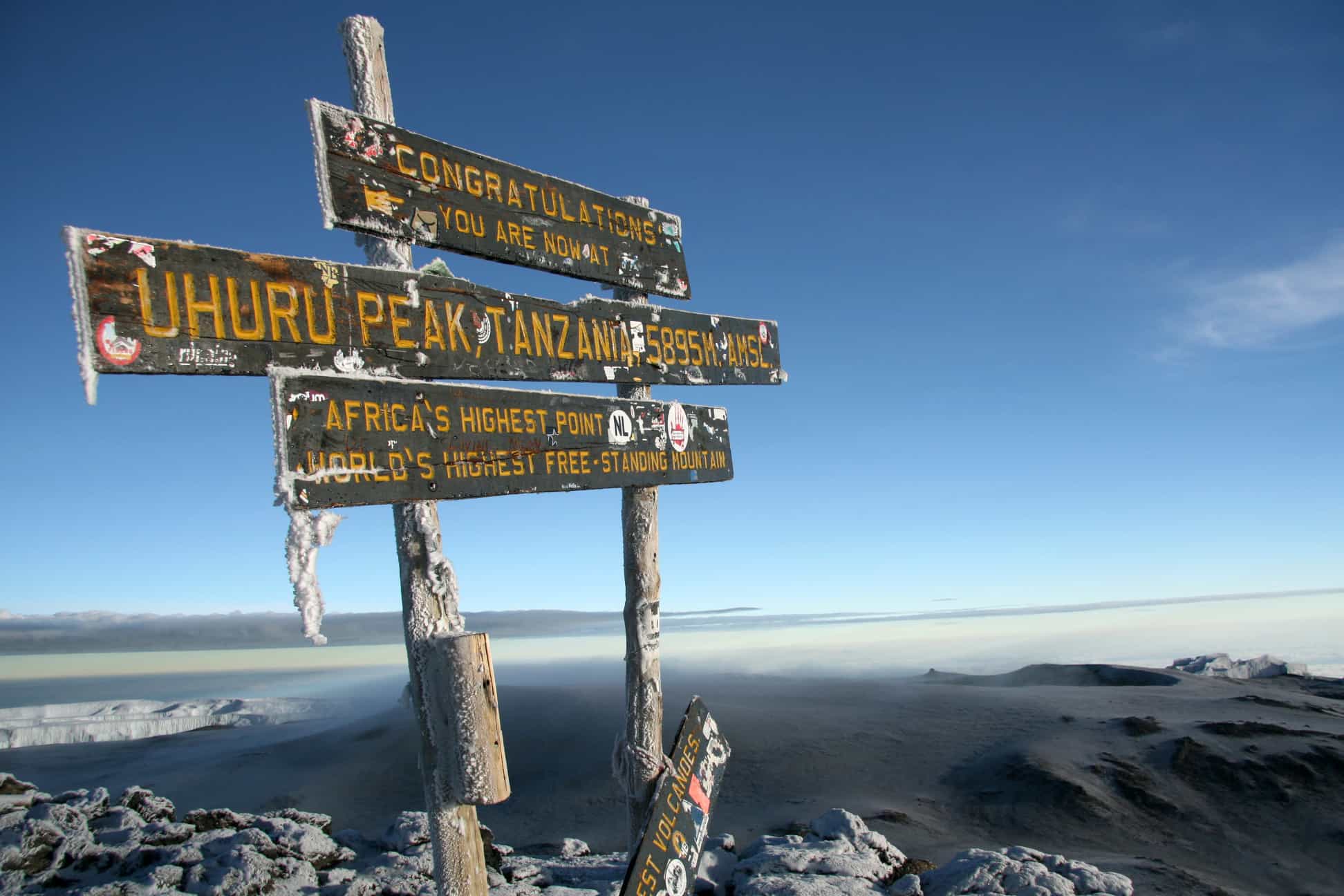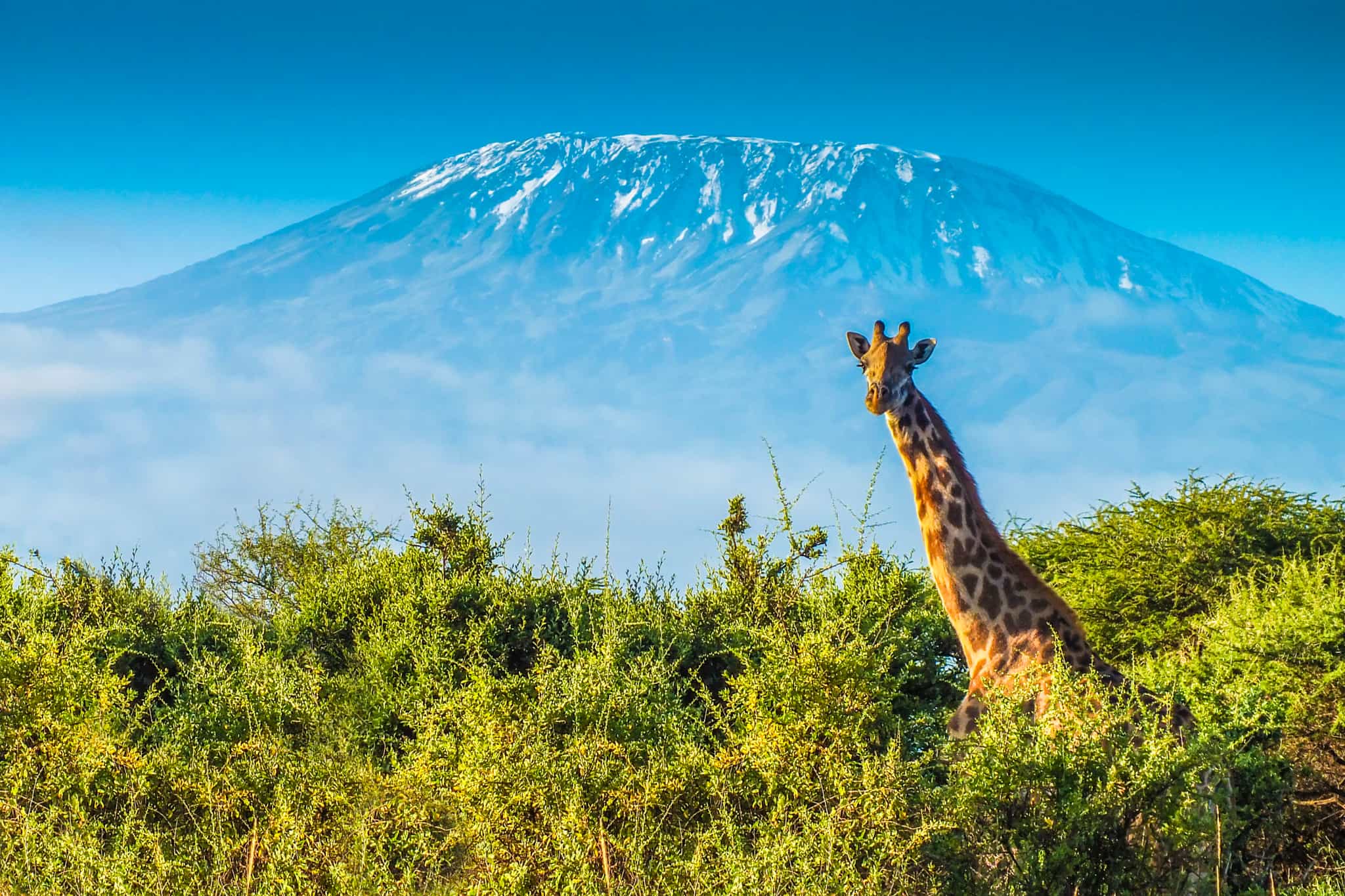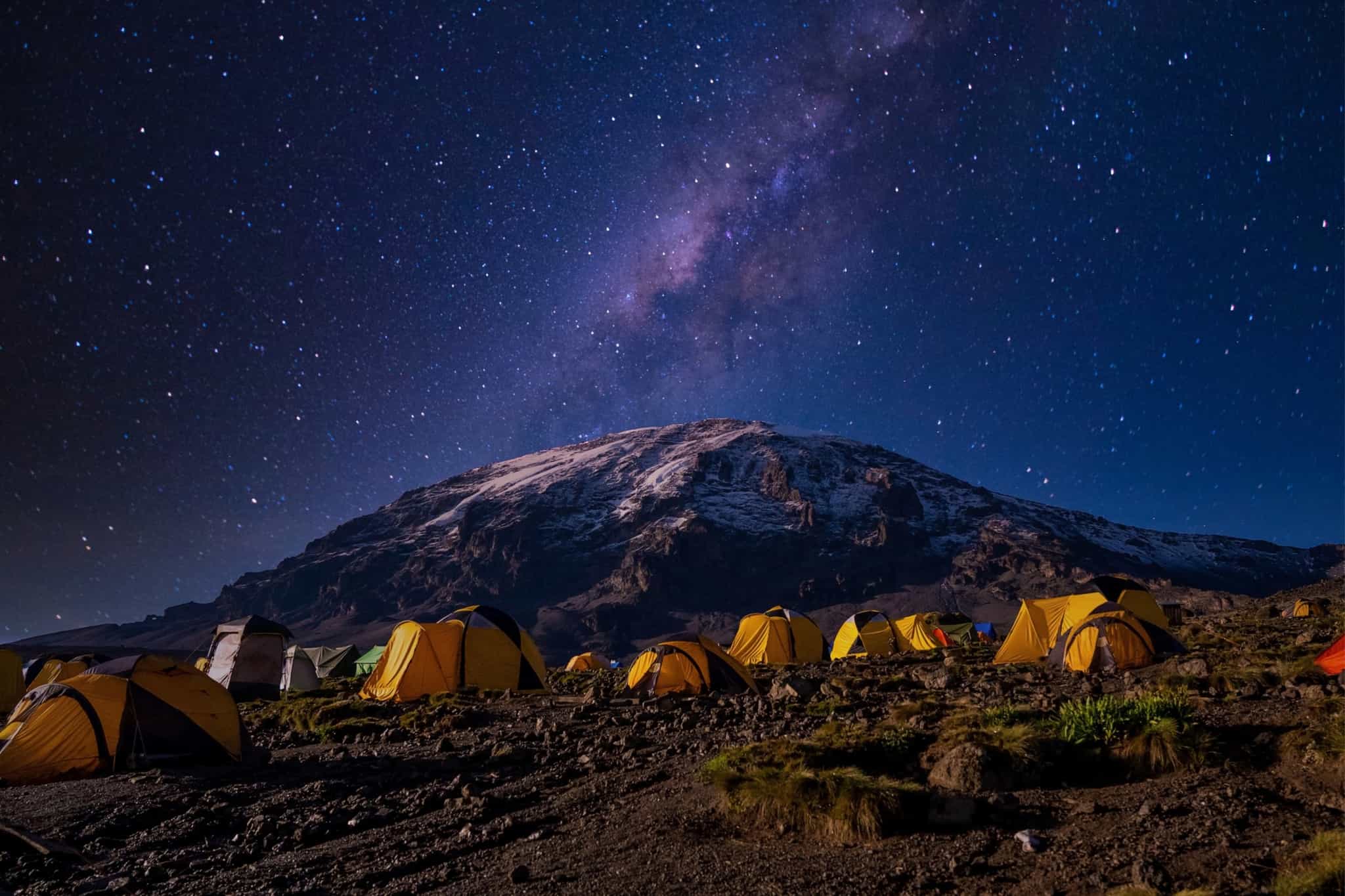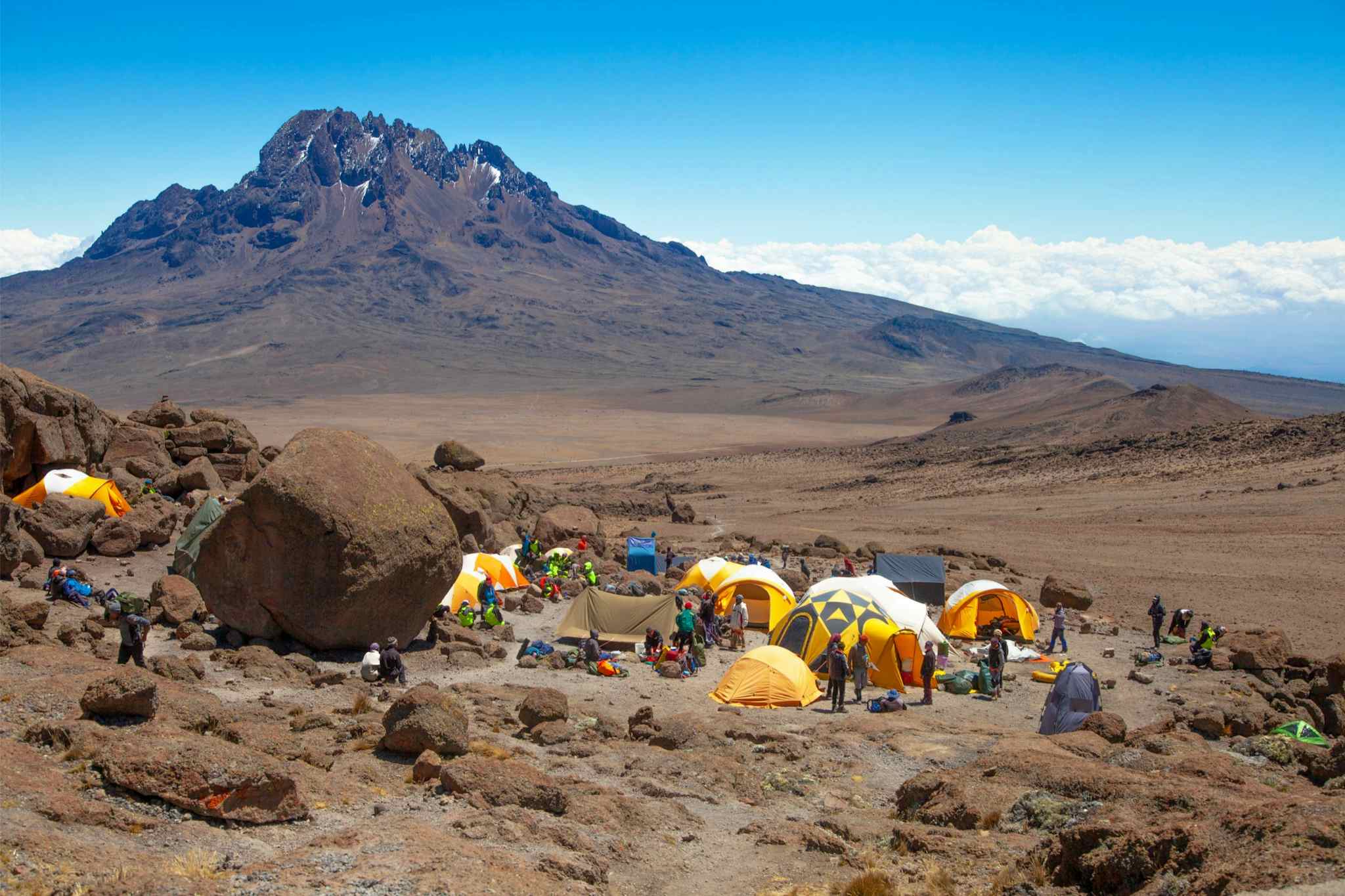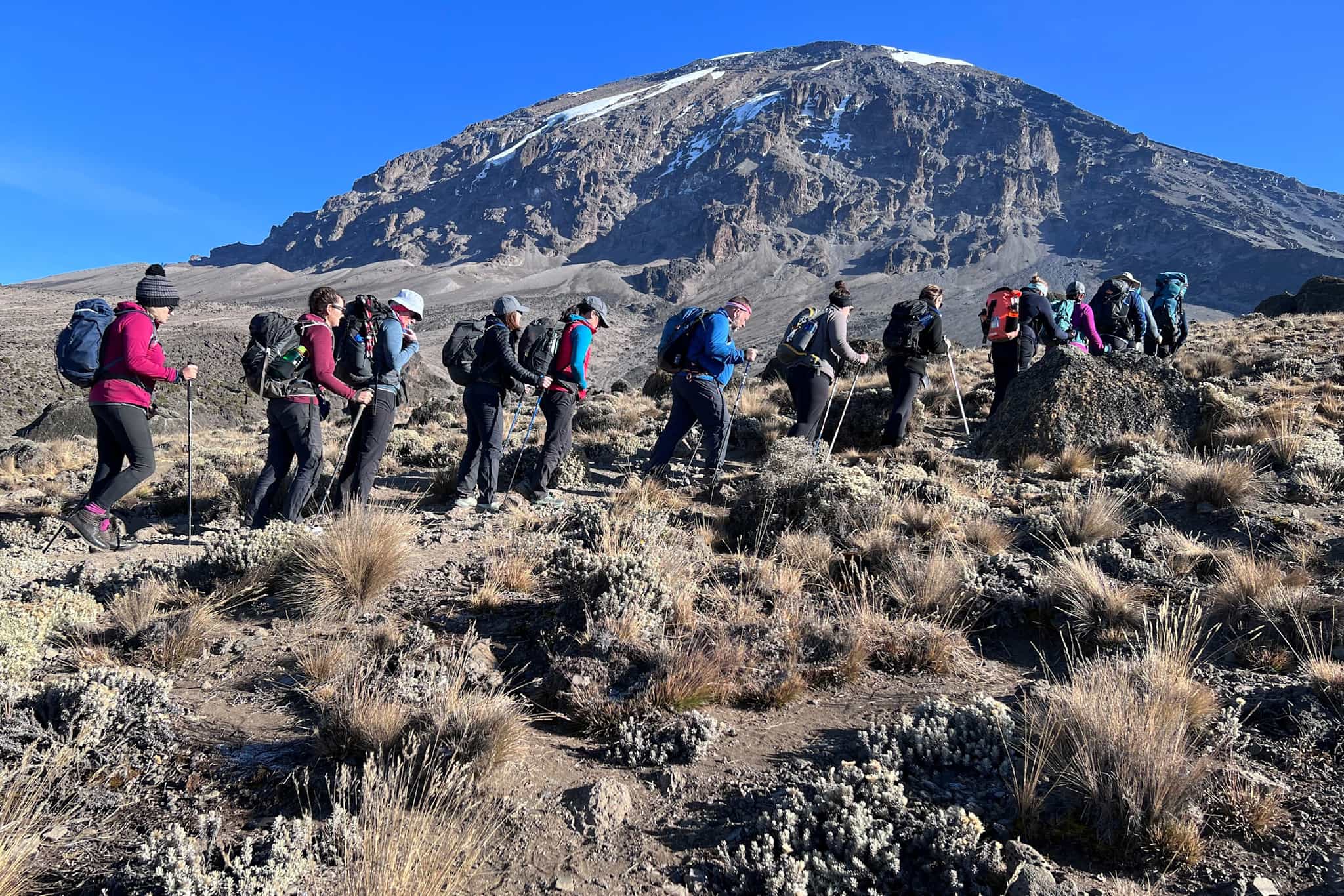When is The Best Time to Climb Mount Kilimanjaro? A Month-by-Month Overview
The ideal time to climb Mount Kilimanjaro varies depending on weather conditions, trail accessibility, and visitor numbers across Tanzania’s seasonal calendar.
While the driest and most popular periods fall between June and October, as well as December to February, quieter but still worthwhile windows exist in the shoulder seasons, particularly from mid-May to early June. In contrast, the rainy periods from March to May and November to mid-December see fewer trekkers but bring slippery paths and reduced visibility.
The best time to climb Mount Kilimanjaro depends on weather conditions, trail accessibility, and crowd levels throughout Tanzania’s seasonal calendar. While June to October and December to February offer the driest and most popular conditions, shoulder seasons like mid-May to early June can provide a quieter but still rewarding trekking experience. Rainy periods from March to May and November to mid-December see fewer climbers but bring slippery trails and limited visibility.
Mount Kilimanjaro (19,341 feet / 5,895 meters) is located within Tanzania’s Kilimanjaro National Park, roughly 190 miles south of the equator. The country has a tropical climate with distinct wet and dry seasons, which significantly affect climbing conditions.
Rainy Seasons (Low Crowds, High Rainfall):
March to May: This is the long rainy season, bringing heavy and consistent rainfall. Trails are often muddy and slick, and cloud cover may limit views. However, it’s also the quietest time on the mountain, making it attractive for climbers seeking solitude.
November to mid-December: The short rainy season typically brings lighter, but still regular, showers. Early December can still be wet.
Dry Seasons (High Crowds, Best Conditions):
June to October: Widely considered the peak climbing season due to minimal rainfall, low humidity, and excellent visibility. July and August coincide with European summer vacations, so expect the highest crowds.
December to February: These months offer warmer temperatures and generally clear skies. The Christmas holiday season attracts many climbers, though early December may still see some leftover rain from the short rainy season.
Shoulder Season (Fewer Climbers, Improving Weather):
Mid-May to early June: This transition period marks the shift from the long rains to the dry season. Trails begin to dry, and crowd levels are still low—making this an excellent window for climbers looking for a balance between favorable weather and fewer people.
Find Your Perfect Time to Climb
Whether you’re chasing clear skies or quieter trails, every season on Kilimanjaro has its own kind of magic. Explore all Mount Kilimanjaro treks and choose the route that calls to you.

